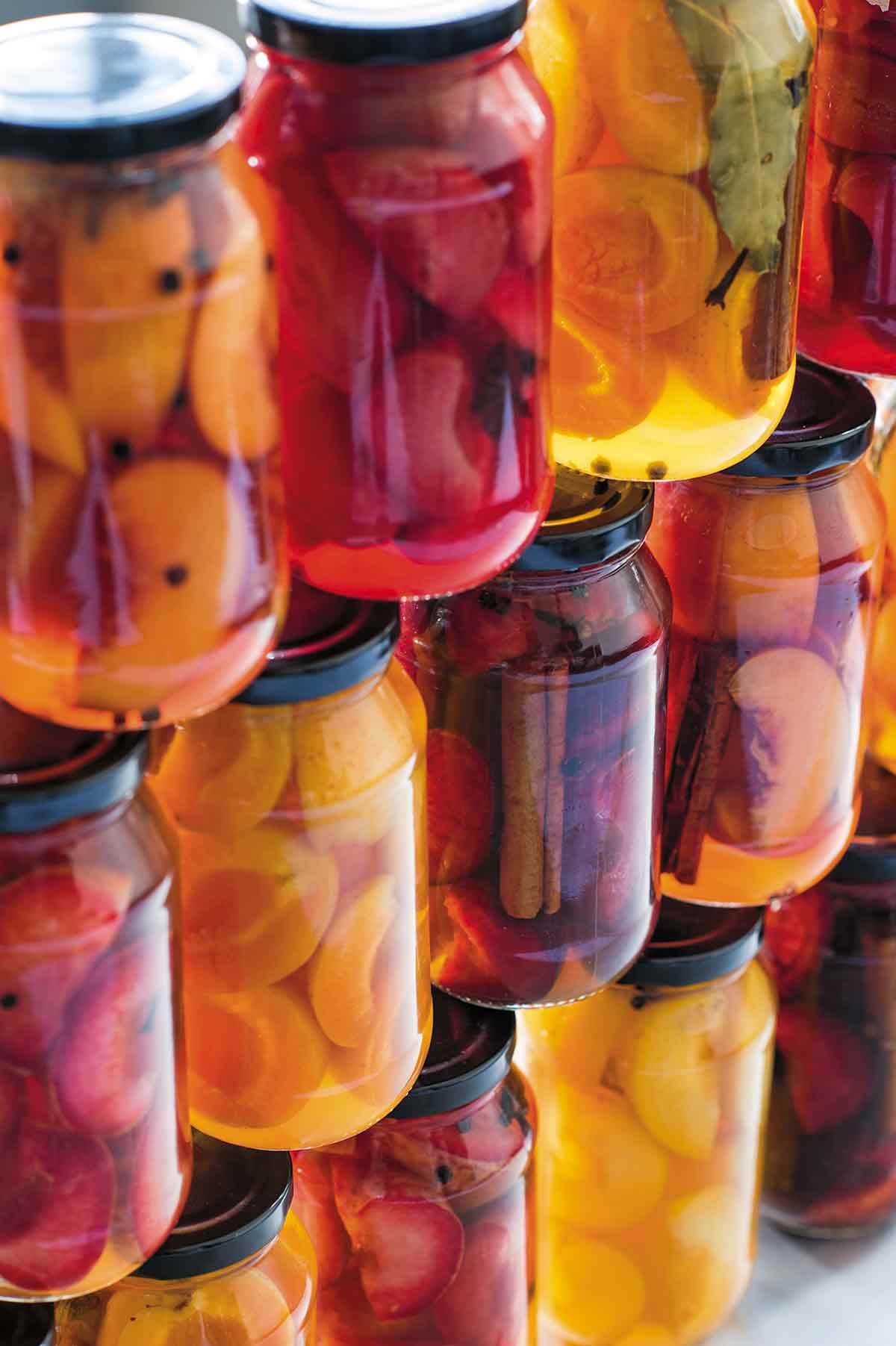
These sweetly tart pickled stone fruits have quietly stolen a place in our hearts. Slip the slightly lip-puckering, vibrantly colored pickles onto a cheese board, toss in a purslane salad, or serve alongside roasted or grilled lamb chops as the perfect complement…not to mention a guaranteed conversation starter.
Preserved Fruit FAQs
Absolutely! Feel free to add additional spices or herbs to your jars to create your own customized pickled fruit.
Play around with your fave flavors. Rosemary and peppercorns are quite nice with peaches while ginger and allspice work well with plums. And if you prefer a more savory pickle, cut the sugar by up to half.
Store the unopened jars of preserved fruit in a cool, dark place for up to a year. Once opened, store in the refrigerator and use within a month.
You can pickle nearly any type of fruit. Besides these preserved stone fruits, we love pickled cherries and pickled grapes.
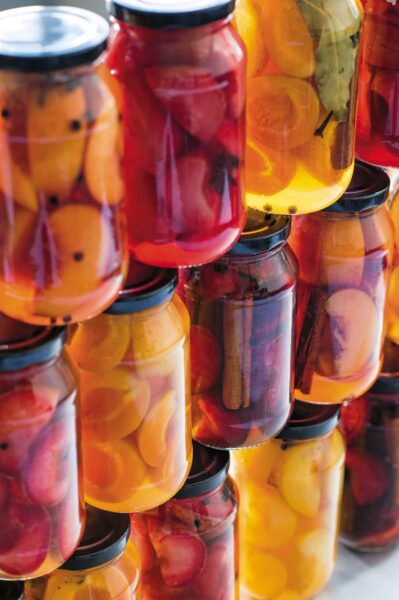
How to Preserve Stone Fruits
Equipment
- Pint-size jars with seals and bands; hot water canner (optional)
Ingredients
For the pickling brine
- 2 1/2 cups apple cider vinegar
- 1 1/4 cups cold water
- 9 ounces granulated or raw sugar
- 2 pounds 4 ounces firm ripe stone fruit of your choice, such as peaches, plums, or nectarines, cut into quarters or wedges
For each jar
- 1 cinnamon stick
- 4 allspice berries
- 1 clove
- 5 black peppercorns
Instructions
Make the pickling brine
- In a medium saucepan over low heat, combine the vinegar, water, and sugar. Stir until the sugar dissolves. Bring to a simmer and then turn off the heat.
Make the jars of pickled stone fruits
- Sterilize 3 or 4 pint jars (500 ml jars) in boiling water.
- When the jars are cool enough to handle, place the spices in the bottom of each jar. Pack the fruit firmly into the hot jars, leaving about 1/2 inch (1 cm) space at the top.
☞ TESTER TIP: Make certain you use very firm fruit—soft fruit will break down too quickly in the jar.
- Return the brine to a boil and carefully pour it over the fruit, making sure all the fruit is completely submerged, still leaving 1/2 inch (12 mm) headspace in the jar.
- Remove any air bubbles by gently tapping each jar on the work surface and sliding a clean butter knife or chopstick along the inside rim to release any hidden air pockets. Wipe the rims of the jars with a paper towel or a clean damp cloth and seal.
- Process in a hot water canner or a large pot for 15 minutes or according to the manufacturer’s instructions. For more information on processing or home canning, check out the USDA’s Complete Guide to Home Canning.
- Store your pickled stone fruits in a cool, dark place for up to 1 year. Once opened, refrigerate and use within a few weeks.
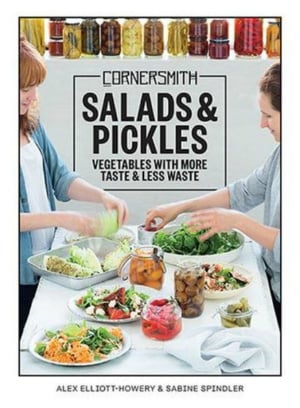
Nutrition
Nutrition information is automatically calculated, so should only be used as an approximation.
Recipe Testers’ Reviews
I had no idea what to expect with this pickled stone fruits recipe. I had only ever made pickled cucumbers. But as the description suggested serving these on a cheese board—and I never need much coercion to make a cheese board—I thought I would try this out. A whole new world of pickling and preserving has opened up for me with this recipe!
This recipe came together very easily and didn’t take much time. I sterilized the jars the night before and then spent about 20 minutes cutting my nectarines while the vinegar, water, and sugar were heating on the stove. All of this, including boiling the jars, took less than an hour.
We didn’t eat the stone fruit pickles for a couple days as I wanted to let them rest a bit. We had them last night with a selection of cheeses, some sharp and some creamy. I was surprised how much I liked this with the challerhocker we were having, which is a sharper Swiss cheese. And it was just beautiful with the Fromager D’affinois as well.
The pickles are sweet enough that you could serve them with ice cream and probably have a pretty fantastic dessert. I would sprinkle some brown sugar on top with that.
I got 4 jars using 6 nectarines. I look forward to experimenting more with this. I bet some star anise would be a nice addition to the brining spices. I may try some plums next!
It’s nice to make sweet preserves but I like to make savory ones as well. This recipe for pickled stone fruits is a keeper.
I used all 3 types of fruit, each cut into wedges: 1 jar of peaches with garden fresh rosemary and peppercorns and 2 jars mixed nectarines and plums with cinnamon, allspice, clove, and peppercorns. The recipe is straightforward and easy to follow.
We tasted the peaches after 3 weeks. The apple cider vinegar was most prominent with a hint of the rosemary. I suspect a few more weeks in the jar will mellow out the vinegar and let the sugar shine through. It was served alongside roasted chicken.
If I diced the fruit, it would work well on a beef, pork, or chicken burger or, as part of an appetizer plate with cheeses and cold cuts.
When I make this again, I will likely use a little more sugar and would consider adding a little “dab” of brandy, rum, or even orange liqueur.
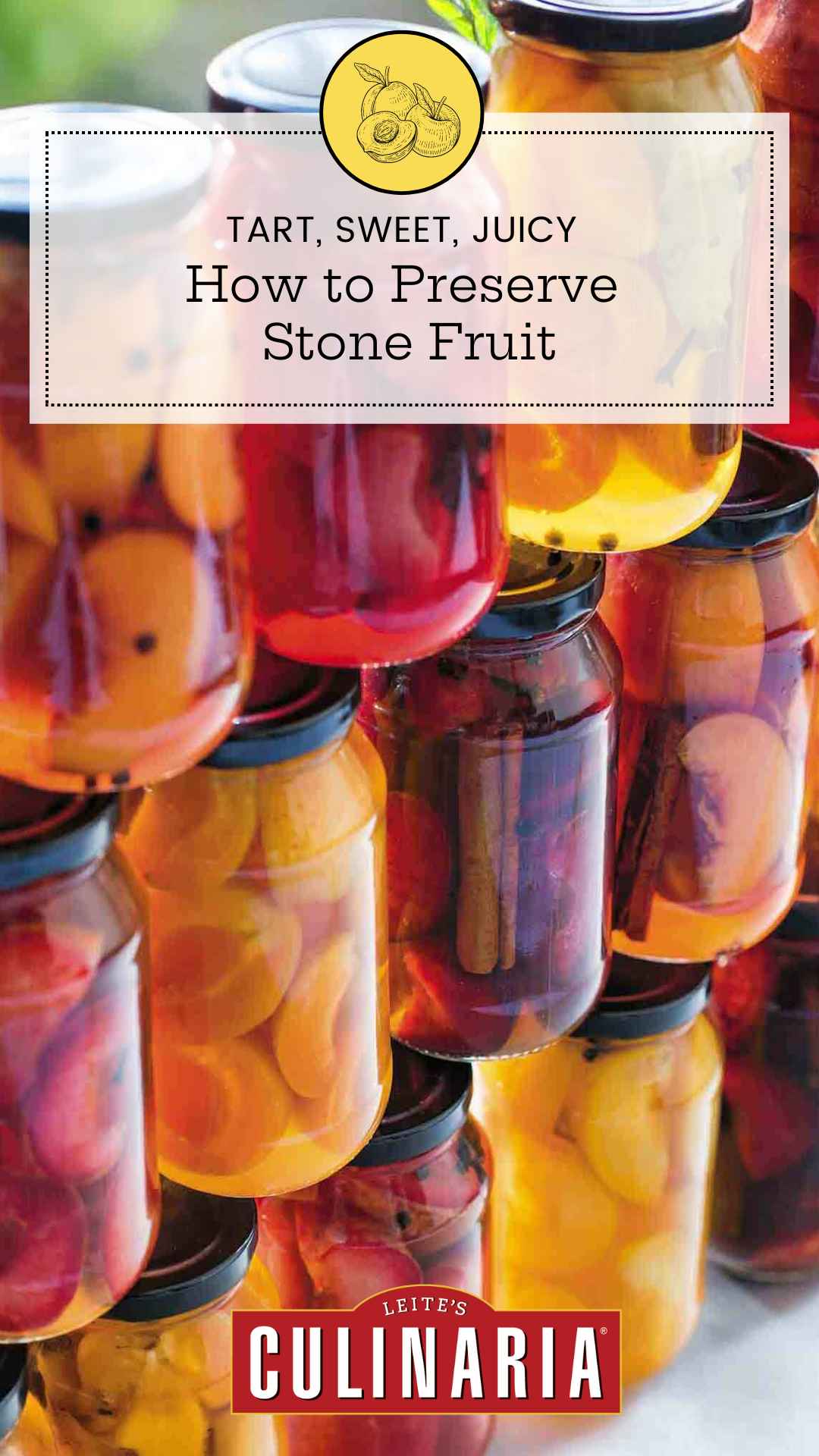
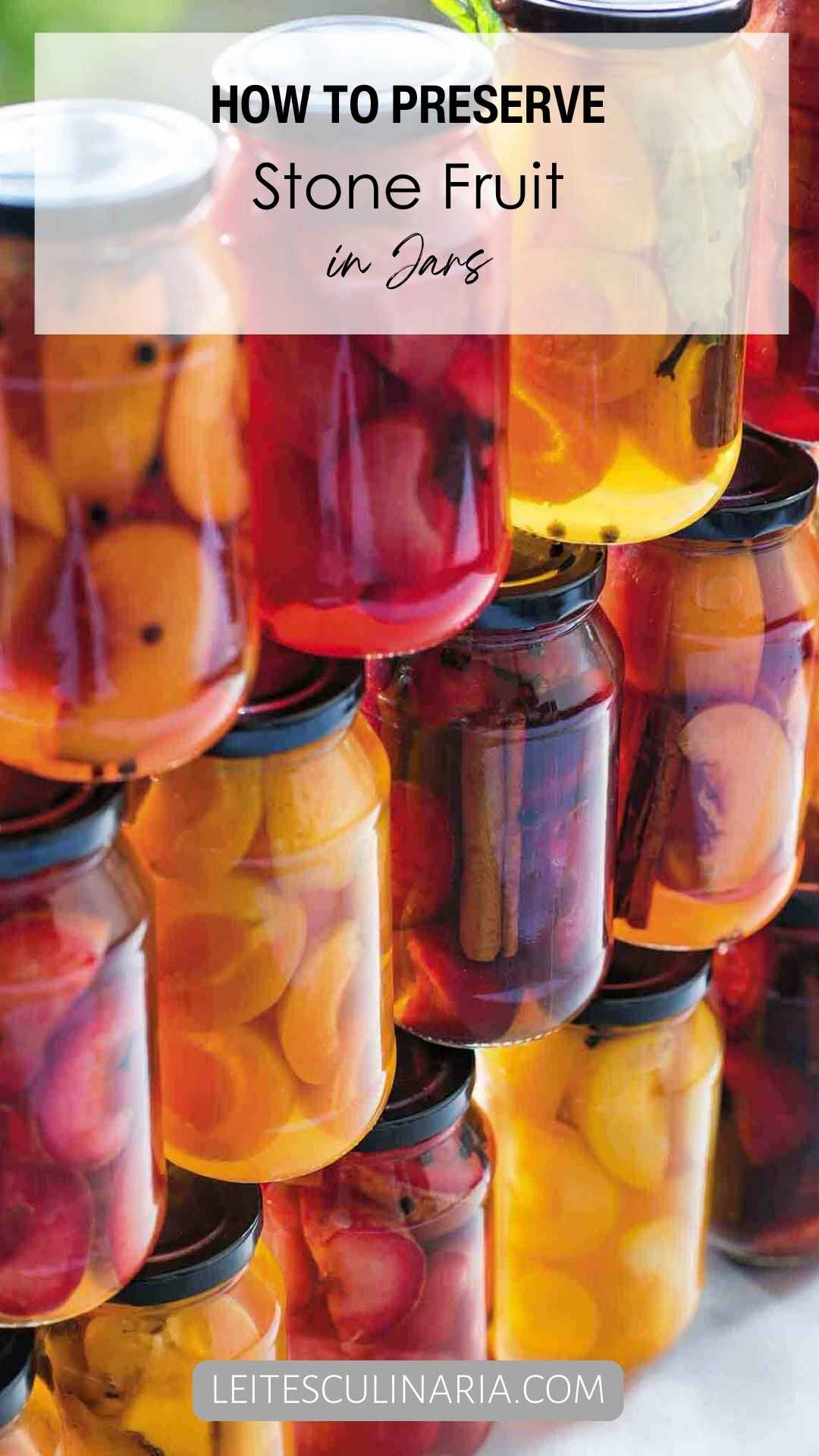
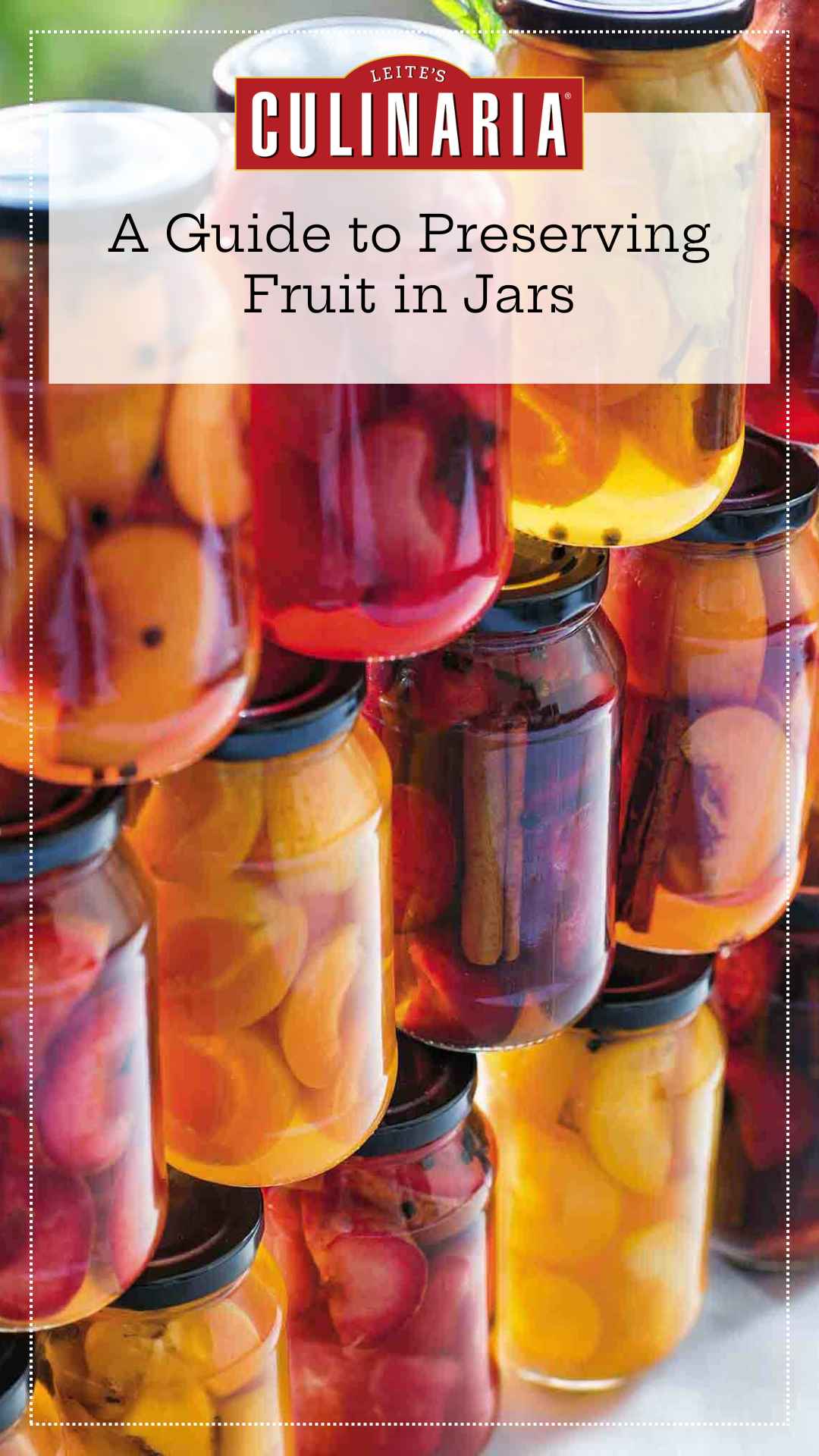
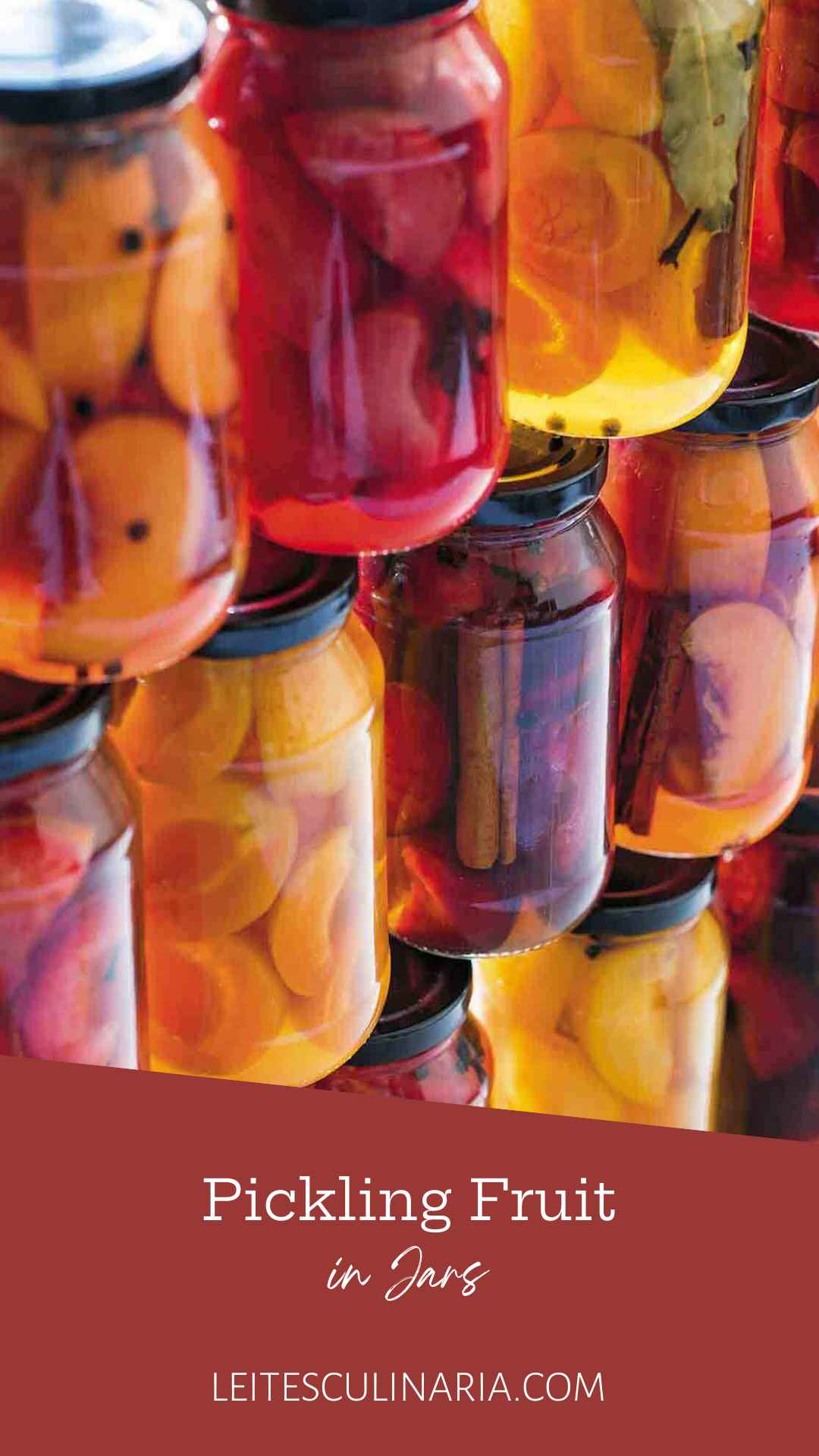
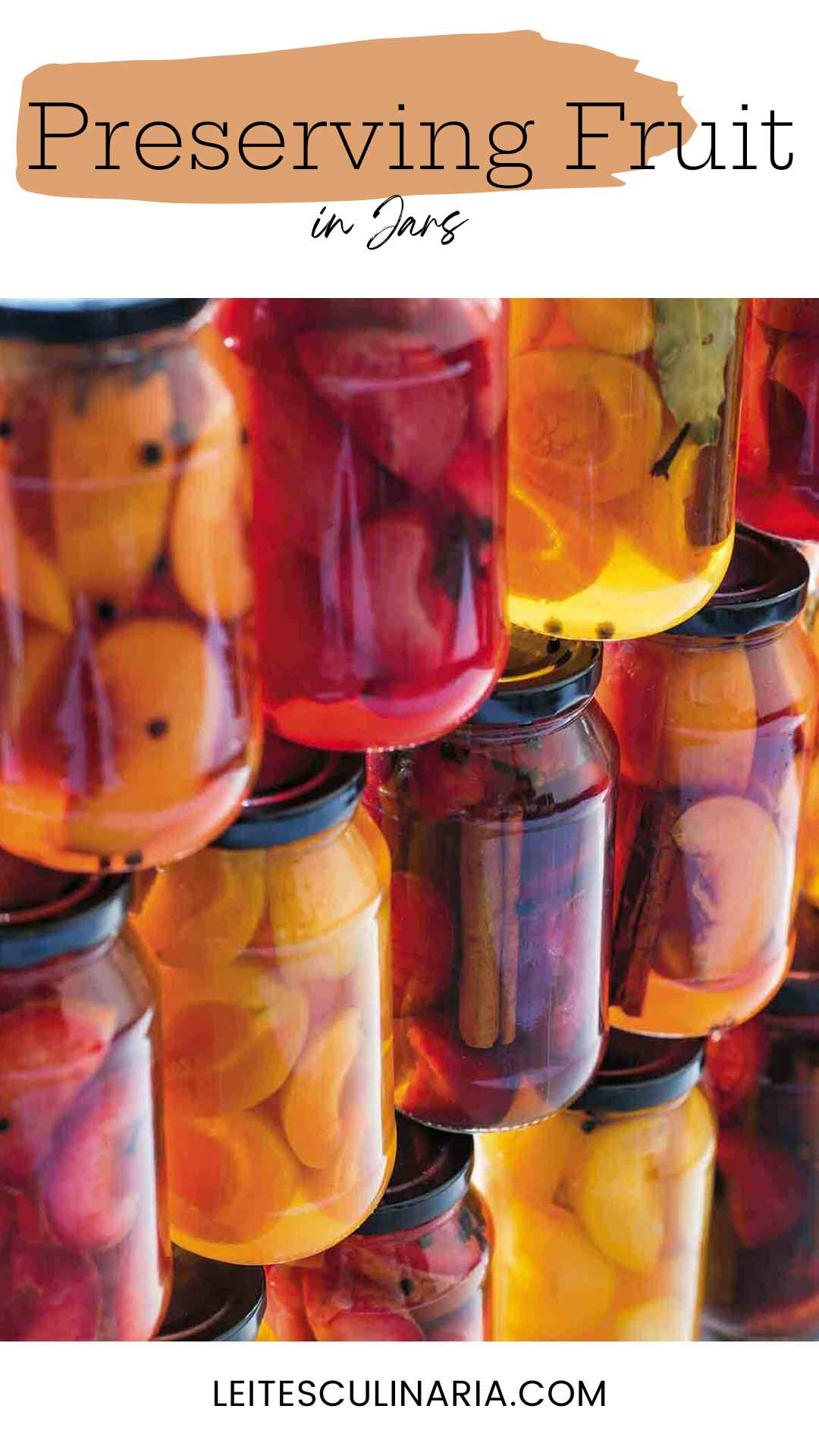
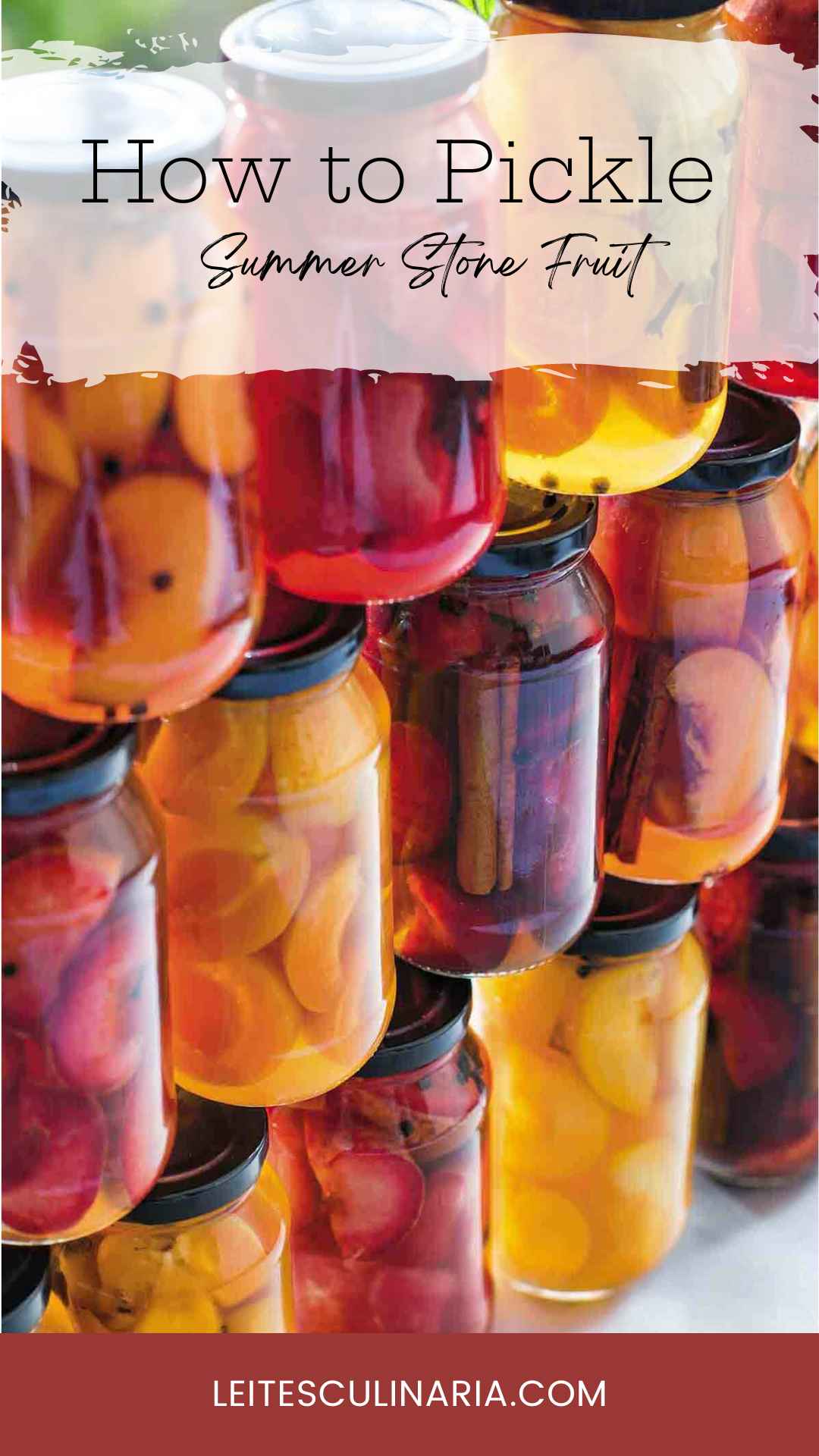










Thanks. That makes it a lot easier!
Sue, absolutely. Always happy to help.
Do you leave the skins on the fruit?
Yes, Sue S, you do leave the skins in place so the fruit remains intact. We suggest you scrub the skins before preserving. Hope you enjoy! We look forward to hearing what you think…
Just to be sure, you suggest using hard peaches, before they are ripe enough to eat?
Mary, I wouldn’t use underripe fruit here. It’s not going to ripen anymore once you preserve it, so you want it to be ripe enough to be edible and have flavor. Just avoid soft, juicy fruit as it will break down too much during the preserving process.